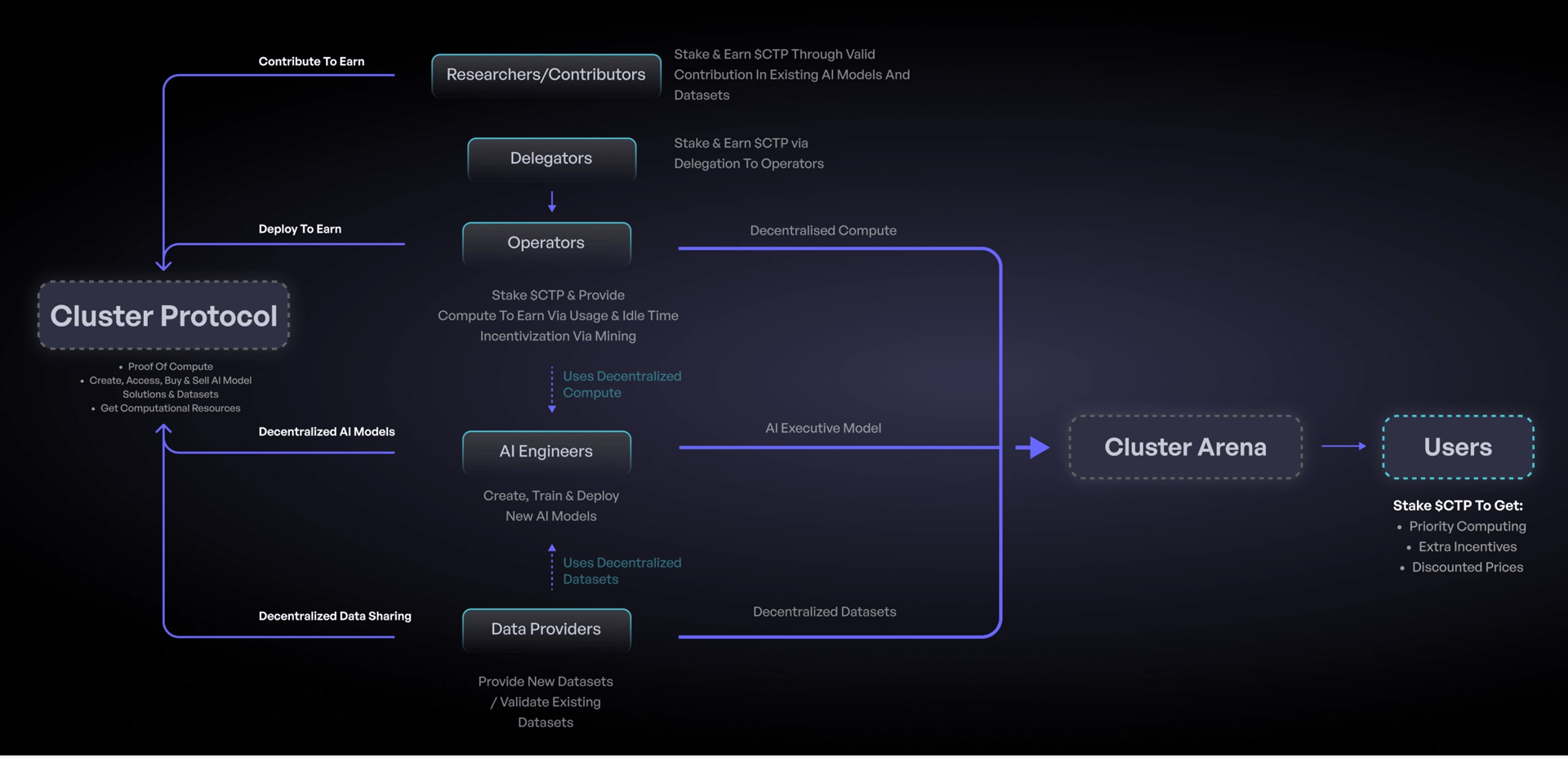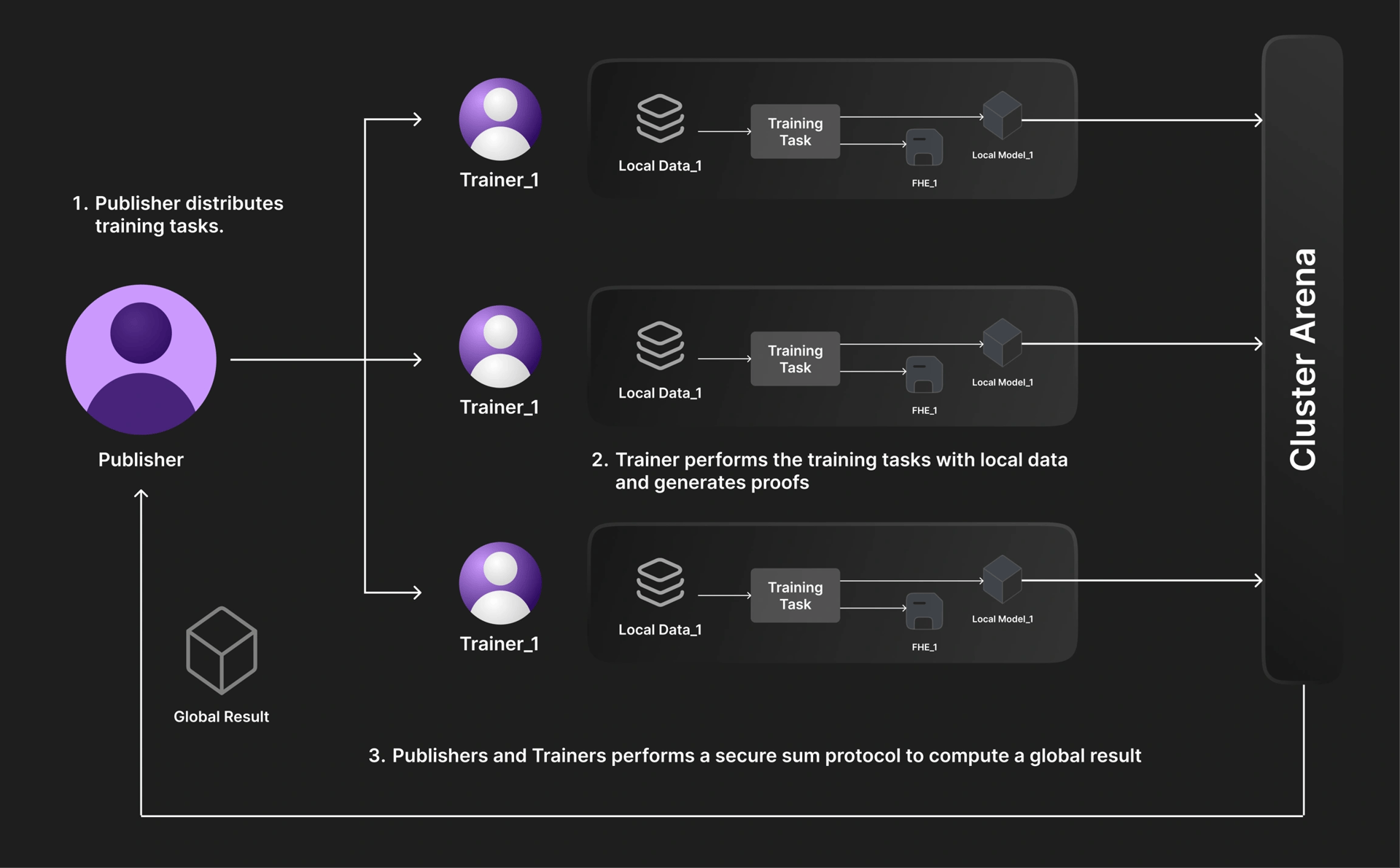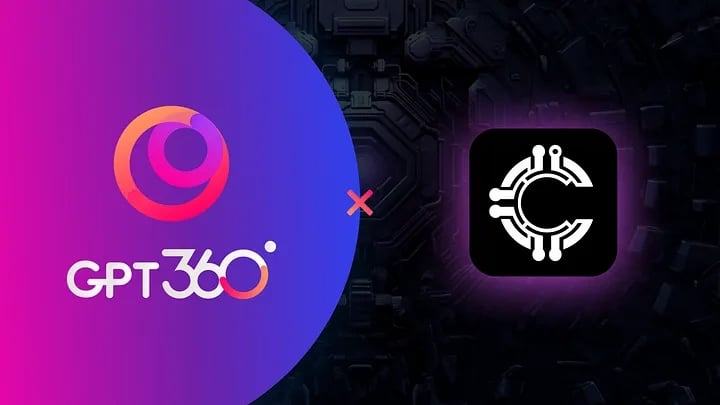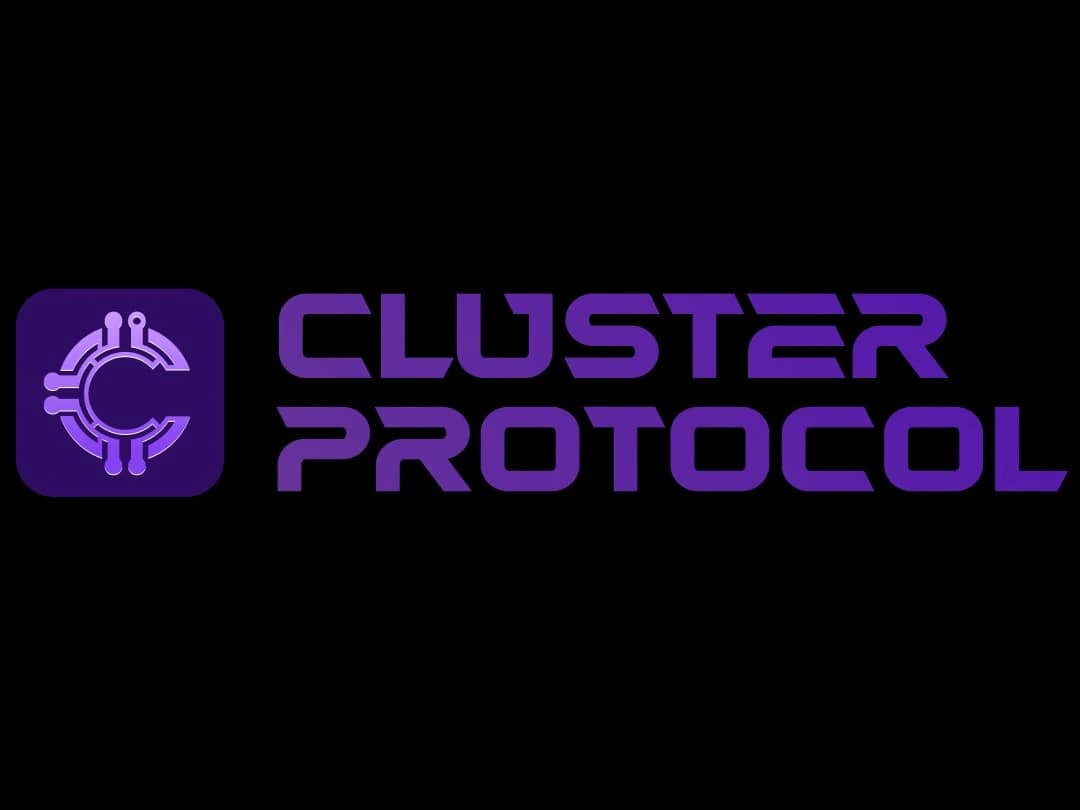위키 구독하기
Share wiki
Bookmark
Cluster Protocol
Cluster Protocol
**클러스터 프로토콜(Cluster Protocol)**은 분산형 AI 모델에 전념하는 컴퓨팅 증명 프로토콜 및 오픈소스 커뮤니티입니다. 암호화 및 분산 학습 기술을 통합하여 안전한 모델 학습을 가능하게 하며, 데이터 프라이버시 및 지역화를 보장합니다. 분산 데이터셋, 협업 모델 학습, 그리고 자원 기여를 통한 수동적 수입 창출 기회와 같은 기능을 통해 클러스터 프로토콜은 GPU 접근을 민주화하고, 분산 데이터 공유를 촉진하며, 계산상의 장벽을 줄이고, 개발자를 위한 모델 수익 창출을 단순화하는 것을 목표로 합니다. [1]
개요
클러스터 프로토콜(Cluster Protocol)은 분산화를 통해 AI, 블록체인, GPU 기술 분야에서 증가하는 컴퓨팅 성능 수요에 대응합니다. 이는 컴퓨팅 자원, 데이터 세트 및 AI 모델의 교환을 용이하게 하여 AI 개발의 민주화를 목표로 합니다. 사용자는 Deploy to Earn과 같은 이니셔티브를 통해 유휴 GPU를 수익화할 수 있으며, 컴퓨팅 증명(Proof of Compute) 프로토콜은 안전한 거래와 최적화된 자원 사용을 보장합니다. $CP 토큰은 플랫폼을 지원하며, 기여를 장려하고 지속 가능한 성장을 촉진합니다. [1][2]
또한, 검증 가능한 작업 처리를 위한 투명한 컴퓨팅 계층을 도입하고, 독점을 방지하기 위해 데이터 제어를 분산하며, 간소화된 AI 모델 배포를 위한 사전 구축된 이미지 인스턴스를 제공합니다. 고급 AI 모델은 경영 업무를 처리하며, 개인 정보 보호는 안전한 데이터 처리 및 규정 준수를 보장하기 위해 우선시됩니다. [1][2]

기술
컴퓨팅 증명 계층 (PoC)
"컴퓨팅 증명"은 작업 증명(Proof of Work) 및 지분 증명(Proof of Stake) 메커니즘을 포함하여 컴퓨팅 작업 완료를 검증하는 방법이나 시스템을 나타냅니다. 클러스터 프로토콜은 이러한 접근 방식을 활용하여 AI 작업에 필요한 컴퓨팅 자원을 효율적이고 안전하게 활용합니다. 이 메커니즘은 TPU 및 GPU와 같은 특수 하드웨어가 필요한 교육 및 추론 과제와 같은 자원 집약적인 기능을 대상으로 합니다. [3]
PoC 아키텍처는 다음과 같은 다섯 가지 주요 구성 요소로 구성됩니다. [3]
- 분산된 컴퓨팅 노드 네트워크: 이 아키텍처는 산업용급 컴퓨팅 자원을 갖춘 수많은 노드의 분산 네트워크에 의존합니다. 이러한 노드는 전 세계적으로 분산되어 다양한 컴퓨팅 성능과 기능을 제공합니다.
- 신뢰할 수 없는 컴퓨팅 증명 계층: 네트워크의 핵심에는 당사자 간의 신뢰가 필요 없이 컴퓨팅 작업을 검증하는 신뢰할 수 없는 컴퓨팅 증명 계층이 있습니다. 이 계층은 노드에서 제공하는 컴퓨팅 출력의 정확성을 보장하고, 사기 활동을 방지하며, 무결성을 보장합니다.
- 투명한 자원 검증: 네트워크는 GPU/TPU 유형, 인프라 기술, 지리적 위치, 처리량, 가동 시간 및 기타 관련 매개변수를 포함하여 각 컴퓨팅 노드의 속성을 검증하고 표시하는 메커니즘을 구현합니다. 이러한 투명성을 통해 사용자는 AI 작업에 노드를 선택할 때 정보에 입각한 결정을 내릴 수 있습니다.
- 작업 할당 및 보상 분배를 위한 스마트 계약: 스마트 계약은 노드에 대한 작업 할당과 검증된 작업 완료를 기반으로 한 보상 분배를 자동화합니다. 필요한 컴퓨팅 자원, 예상 출력, 마감일 및 보상과 관련된 조건을 인코딩하여 공정성과 효율성을 보장합니다.
- 보안 및 개인 정보 보호 조치: 이 아키텍처는 암호화, 안전한 다자간 컴퓨팅 기술 및 익명화 프로토콜을 사용하여 중요한 정보를 보호하고 사용자 개인 정보를 보장합니다.
분산형 AI 모델
클러스터 프로토콜(Cluster Protocol)은 AI 개발의 민주화를 목표로 설계된 새로운 분산형 프레임워크를 소개합니다. 이는 분산된 컴퓨팅 접근을 가능하게 하여 노드가 기존의 중앙 집중식 컴퓨팅 자원에 대한 경제적인 대안으로 유휴 컴퓨팅 자원을 공유하거나 임대할 수 있도록 합니다. 이 프로토콜은 완전 동형 암호화(Fully Homomorphic Encryption, FHE)를 통해 향상된 데이터 개인 정보 보호를 우선시하여 처리 중 데이터의 기밀성과 보안을 보장합니다. 또한, 작업 증명(Proof of Compute, PoC) 메커니즘을 통합하여 클러스터 프로토콜은 AI 모델의 검증 및 유효성 확인을 위한 강력한 솔루션을 제공하며, 모델 무결성을 보장합니다. [4]
완전 동형암호
완전 동형암호(FHE, Fully Homomorphic Encryption)는 복호화 없이 암호화된 데이터에 대한 복잡한 계산을 가능하게 하는 암호화 기술로, 개인 정보와 보안을 보장합니다. 클러스터 프로토콜 생태계에서 FHE는 분산 AI 학습 및 검증 중 데이터 개인 정보를 보호하여 참여자가 안전하게 기여하고 AI 모델의 이점을 누릴 수 있도록 합니다. [5]

분산형 데이터셋
클러스터 프로토콜(Cluster Protocol)은 분산형 데이터셋을 활용하여 광범위한 공개 데이터셋에 대한 접근을 제공하고 사용자가 개인 데이터 볼트(Data Vaults) 내에서 개인 소유의 독점 데이터를 호스팅 및 관리할 수 있도록 지원합니다. 이러한 데이터셋은 AI 개발의 기반이 되며 AI 프로젝트에 중요한 범위, 강력함 및 신뢰성을 제공합니다. 특히 최적의 성능을 위해서는 대량의 고품질 데이터가 필요한 심층 학습 모델의 경우 품질과 양이 중요한 요소입니다. 공개 데이터셋은 현실 세계에 대한 통찰력을 제공하고 검증 및 종단 연구를 지원하며, 과학 인프라의 필수 구성 요소로서 데이터셋의 해방은 그 중요성을 더욱 강조합니다. [6]
클러스터 프로토콜에서 사용자는 데이터셋을 목록에 추가하고, 검색하고, 액세스하고, 데이터 접근을 제어하고, 개인 정보 보호를 준수하는 컴퓨팅을 보장하고, 토큰 기반 거래를 통해 데이터셋을 수익화하여 생태계 내 데이터의 역동적인 시장에 기여할 수 있습니다. [6]
분산형 GPU 임대
AI 개발에서 복잡한 모델을 효율적으로 훈련하는 데 GPU 리소스는 필수적입니다. Cluster Protocol은 분산 프레임워크 내에서 유휴 GPU 컴퓨팅 리소스 임대를 가능하게 하여, 특히 AI 개발에 중요한 강력한 컴퓨팅에 대한 접근성을 민주화합니다. 소유자는 네트워크에 GPU를 등록하여 수동적 수입을 얻는 동시에 공동 리소스 풀에 기여할 수 있습니다. [7]
Cluster Protocol은 AI 모델 개발 및 훈련을 위한 허브로, AI 모델 허브 및 훈련 프로세스와 긴밀하게 통합된 분산형 GPU 임대 시스템을 제공합니다. 이 통합을 통해 개발자는 AI 모델 훈련을 위한 분산 컴퓨팅 리소스에 액세스하여 중앙 집중식 클라우드 서비스와 관련된 기존의 제약과 비용을 극복할 수 있습니다. 플랫폼의 Proof of Compute 계층은 임대된 GPU에서 수행되는 계산의 무결성을 보장하여 처리된 데이터와 결과 AI 모델을 검증하여 모든 참여자 간의 신뢰를 유지합니다. [7]
분산형 GPU 임대, AI 모델 허브, 훈련 지원 및 Proof of Compute 메커니즘을 통합함으로써 Cluster Protocol은 AI 개발자가 모델 훈련 및 배포에 필요한 리소스를 활용하고 GPU 소유자에게 수동적 수입원을 제공하는 통합된 에코시스템을 만듭니다. 이러한 인센티브와 리소스의 조정은 Cluster Protocol을 AI 개발자와 사용자를 위한 중앙 허브로 자리매김하여 개방적이고 접근 가능한 방식으로 혁신을 촉진하고 AI 발전을 가속화합니다. [7]
모델 배포 및 수익화
클러스터 프로토콜(Cluster Protocol)은 다재다능한 플랫폼을 통해 AI 기술의 개발 및 수익화를 지원합니다. 개발자는 분산형 AI 모델을 위한 플랫폼 마켓플레이스인 클러스터 아레나(Cluster Arena)에 AI 모델을 손쉽게 배포하여 전 세계적인 접근성과 가용성을 확보할 수 있습니다. 또한, 내장 시스템을 통해 개발자는 클러스터 생태계 내에서 AI 작품을 수익화할 수 있으며, 모델 판매 또는 라이선싱을 위한 유연한 옵션을 제공합니다. [8]
플랫폼의 수익 모델은 알고리즘적으로 투명하며, 수익은 모델 활용도와 성능 지표와 상관관계가 있습니다. 이를 통해 수익이 AI 모델 사용 빈도와 효과에 직접적으로 연동되어 클러스터 프로토콜 생태계 내에서 원활한 수익 환경을 조성합니다. [8]
자동화된 배포 및 확장
클러스터 프로토콜(Cluster Protocol)은 컨테이너 오케스트레이션 시스템인 쿠버네티스(Kubernetes)를 통합하여 호스트 클러스터 전반에서 애플리케이션 컨테이너의 배포, 확장 및 관리를 자동화합니다. 이러한 협업은 여러 가지 장점을 제공합니다. 쿠버네티스는 미리 정의된 조건에 따라 컨테이너화된 애플리케이션을 자동으로 배포하고 수요에 따라 확장하여 리소스 사용을 최적화합니다. 또한 컴퓨트 노드에서 컨테이너를 효율적으로 스케줄링하여 최적의 리소스 활용을 보장하고 낭비를 방지합니다. 게다가 쿠버네티스는 실패한 컨테이너를 감지하고 다시 시작하며, 노드가 실패하면 컨테이너를 교체하고, 비정상적인 노드에 컨테이너를 배치하지 않음으로써 고가용성을 유지합니다. 뿐만 아니라 네트워크 트래픽을 분산하여 안정적인 애플리케이션 배포를 보장하여 AI 서비스의 응답성을 유지합니다. [9]
쿠버네티스는 또한 DNS 이름 또는 IP 주소를 사용하여 컨테이너를 노출하고 네트워크 트래픽을 균형 있게 분산하여 안정적인 배포를 보장합니다. 더 나아가 분산된 리소스 전반에서 컨테이너를 오케스트레이션하여 클러스터 프로토콜의 분산 리소스 모델과 일치합니다. 클러스터 프로토콜 내에서 쿠버네티스는 AI 서비스 컨테이너화, 컴퓨팅 작업 관리, 분산 계층과의 통합, 모니터링 및 로깅, 지속적 통합 및 제공(CI/CD), 네임스페이스 및 다중 테넌시 기능에 사용됩니다. [9]
$CP 토큰
$CP 토큰은 클러스터 프로토콜 생태계에서 중추적인 역할을 수행하며, 적극적인 참여를 장려하는 것을 목표로 합니다. 이는 성장을 지원하고 네트워크의 전반적인 가치를 향상시키기 위한 다양한 인센티브 시스템을 제공합니다. 참여자는 GPU 성능 임대, AI 및 컴퓨팅 계층에 대한 기여, 네트워크 보안을 위한 스테이킹, 유동성 제공, 신규 사용자 추천, 테스트넷 참여, 버그 바운티 및 혁신 보너스와 같은 커뮤니티 주도적 개선에 대한 기여 등 다양한 활동을 통해 $CP 토큰을 얻을 수 있습니다. $CP 토큰을 보유하면 거래 및 서비스 수수료 감면과 중요한 의사 결정 과정에 참여할 수 있는 거버넌스 권한을 포함하여 생태계 내에서 독점적인 혜택을 누릴 수 있습니다. [10]
파트너십
피벗(Pivot)
클러스터 프로토콜(Cluster Protocol)은 피벗(Pivot)의 주력 가속 프로그램에 참여하도록 선정되었으며, 피벗 벤처스(Pivot Ventures)로부터 시드 및 전략적 투자를 유치했습니다. 클러스터 프로토콜은 혁신적인 프로토콜과 암호화 기술을 활용하여 전 세계적으로 AI 기술에 대한 접근을 민주화하는 것을 목표로 합니다. 피벗(Pivot)은 클러스터 프로토콜의 주요 파트너로서 주요 이정표 달성과 전략 실행을 지원합니다. 이번 협력은 디지털 시대에 개인과 기업을 강화하기 위한 AI 및 블록체인 기술의 혁신을 의미합니다. [11]

GPT360
2024년 4월 3일, GPT360팀은 Web3 업계의 새로운 미디어 파트너 추가를 발표했습니다. 존경받는 프로젝트인 Cluster Protocol과의 협업은 GPT360 프로젝트에 상당한 가시성과 신뢰를 제공했습니다. 이 파트너십은 더 많은 사용자와 투자자를 유치하여 두 프로젝트의 잠재 고객을 확장하는 것을 목표로 했습니다. [12]

Web3Go
2024년 3월 30일, Cluster Protocol은 탈중앙화 AI를 위한 데이터 전처리 계층을 구축하는 데이터 인텔리전스 네트워크인 Web3Go와의 전략적 파트너십을 발표했습니다. [13]
HyperGPT
2024년 3월 27일, HyperGPT와의 전략적 파트너십이 발표되었습니다. AI 기반 분산형 애플리케이션(dApp)을 만드는 플랫폼인 HyperGPT는 AI 솔루션 공유를 위한 마켓플레이스를 제공하고 AI 기능을 원활하게 통합할 수 있는 SDK를 제공합니다. 개발자와 기업이 AI 기술을 효과적으로 활용할 수 있도록 지원하는 것을 목표로 HyperGPT는 AI 커뮤니티 내에서 혁신과 협업을 촉진합니다. [14]
잘못된 내용이 있나요?
